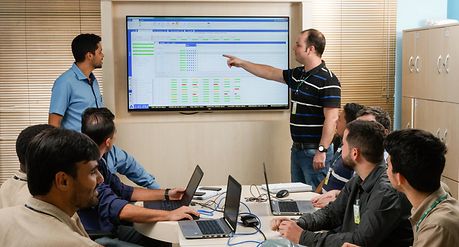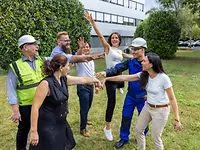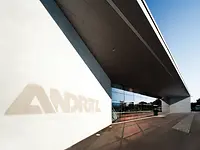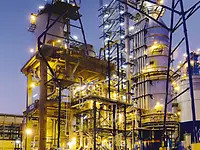MEASURING AND OPTIMIZING PERFORMANCE
Metris OPP analyzes huge data volumes collected at numerous points in a plant’s production systems in order to use them as a basis on which to improve performance. This sounds easy, but it is in fact complex because plant operation has many facets. The control system controls the plant, and the operating personnel take appropriate action. Fluctuating raw material quality and environmental factors can lead to a slow but steady deviation of performance from the target set. In order to identify the causes in such a complex system, it is important to analyze both the structured data from the control system and also the unstructured data produced when the operating personnel take action. Interactions and control models can be derived from this and then applied in order to stabilize or increase the throughput. In addition, savings can be made on resources.







